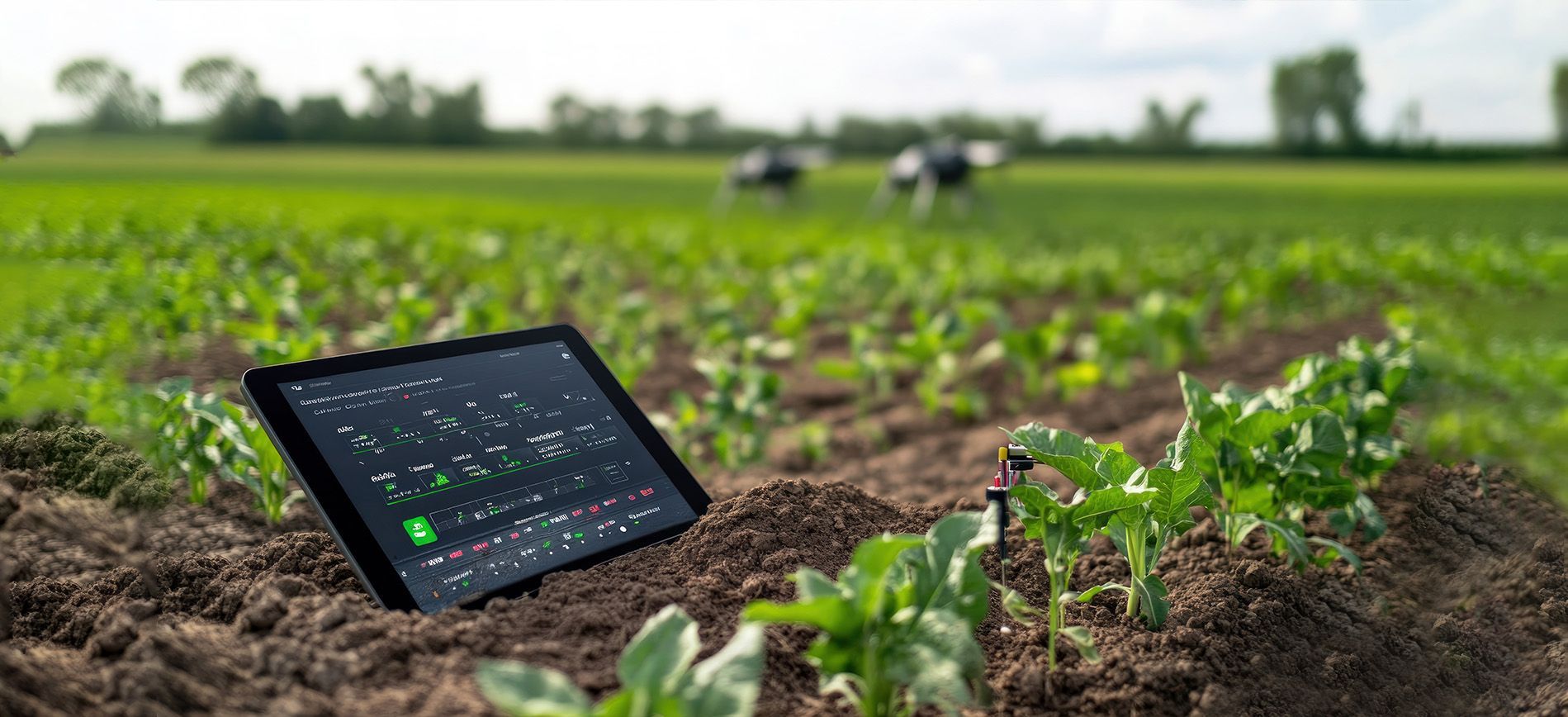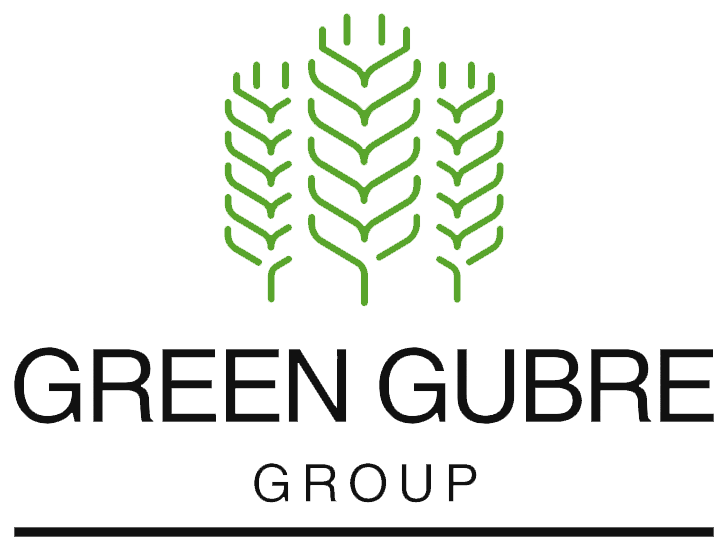Fertilizer Market Trends and Opportunities in East Asia – 2025 Outlook
Fertilizer Market Trends and Opportunities in East Asia - 2025 Outlook

East Asia plays a pivotal role in the global fertilizer industry, being a significant producer and consumer. In 2025, countries such as China, Japan, South Korea, Vietnam, and Taiwan will be the driving force behind regional demand and will significantly influence global supply chains. With increasing population pressure, evolving dietary habits, soil degradation, and environmental reforms, East Asian nations are adopting technological innovation and sustainability to ensure long-term food security.
This blog explores the fertilizer market dynamics in East Asia, highlighting key trends, opportunities, challenges, and strategies for stakeholders in the region.
Overview of East Asia’s Fertilizer Market
- China remains the region’s largest fertilizer producer and consumer. It accounts for over 25% of global fertilizer consumption, mainly urea, phosphates, and potash.
- Japan and South Korea, with their high-tech farming practices, focus on specialty and slow-release fertilizers, which are backed by strict environmental regulations.
- Vietnam and Taiwan are emerging as growth markets for high-efficiency NPK blends and bio-based fertilizers, driven by rising yields and export-oriented crops.
Key Fertilizer Types and Demand Drivers in 2025
| Fertilizer Type | Key Applications in East Asia | Market Drivers |
|---|---|---|
| Urea | Rice, corn, and wheat in China, Vietnam | High demand for nitrogen-rich fertilizers |
| NPK Blends | Fruits, vegetables, and cash crops | Balanced nutrition for intensive cropping |
| Ammonium Sulfate (Amsul) | Paddy and acidic soil regions | Sulfur deficiencies and nitrogen synergy |
| Slow & Controlled-Release Fertilizers | Precision agriculture in Japan, Korea | Environmental compliance, reduced leaching |
| Organic & Bio-Based Fertilizers | Horticulture and specialty crops | Sustainability and export certification needs |
Emerging Trends in East Asia’s Fertilizer Sector
a. Green Transformation & Carbon Regulation
- China is tightening export controls and investing in green ammonia and carbon capture to align with its net-zero 2060 goal.
- Japan and Korea support decarbonized agriculture, promoting low-emission fertilizers through subsidies and R&D.
b. Digital Agriculture Integration
- The use of drones, IoT soil sensors, and AI-driven nutrient management platforms is rising, particularly in Korea and Japan.
- Fertilizer application is becoming data-driven, boosting efficiency and reducing overuse.
c. Shifting Toward Value-Added Products
- Farmers and cooperatives demand custom blends, micronutrient-enriched NPKs, and biofertilizers to match crop-specific needs.
- Export markets (e.g., Japan’s organic vegetable exports to the EU) push demand for certified sustainable fertilizers.
d. Market Diversification Due to CBAM & Global Regulations
- China’s limited phosphate and urea exports due to CBAM regulations and domestic food security policies are reshaping global trade.
- Southeast Asia and the Middle East are gaining ground as alternative suppliers to East Asian buyers.
Challenges in the East Asian Fertilizer Market
- Environmental Pressure: Groundwater nitrate pollution and greenhouse gas emissions have led to stricter environmental controls.
- Soil Health Concerns: Decades of over-fertilization in China and Vietnam have led to soil degradation and declining fertility.
- Price Volatility & Freight Costs: Regional disruptions (typhoons, shipping constraints, energy crises) continue to impact CIF prices.
Import Dependency: Japan, Korea, and Taiwan depend heavily on imported nitrogen and potash fertilizers.
Opportunities for Suppliers and Investors
- Custom Fertilizer Solutions: Develop crop-specific NPK and micronutrient blends for tea, rice, vegetables, and orchard crops.
- Green Fertilizer Exports: Offer CBAM-compliant low-carbon urea and ammonia to Japanese and Korean markets.
- Technology Partnerships: Collaborate with local agritech startups to integrate fertilizers with digital farm platforms.
- Storage & Distribution Hubs: Build regional warehouses in Vietnam and South Korea for better last-mile logistics.
- Organic Certification Support: Provide compliance support and traceable supply chains for farmers targeting premium export markets.
Conclusion
In 2025, the East Asian fertilizer market will be about more than volume-driven growth; it will also be about value-driven and sustainable practices. While China remains a key production hub, regulatory changes and green commitments reshape supply and demand. At the same time, the combination of high-tech farming in Japan and Korea and the increasing demand in Vietnam and Taiwan presents a robust market potential for innovative, efficient, and sustainable fertilizer solutions.
For global fertilizer suppliers and agribusinesses, the East Asian market in 2025 offers unique opportunities. To capitalize on these opportunities, aligning with the region’s sustainability goals, digital transformation, and most importantly, localized nutrient strategies is crucial. Adapting to local conditions and needs is not just a strategy, but a necessity in the evolving East Asian market.




